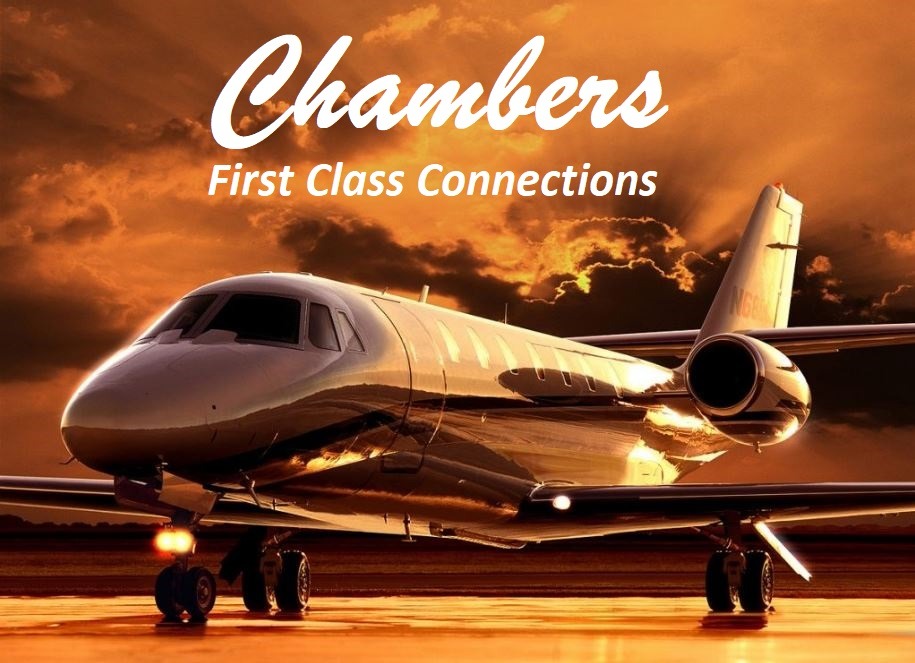
The Ingenious Design Behind the B-52's Landing Gear
The B-52H Stratofortress, affectionately termed the "BUFF" (Big Ugly Fat Fellow), is more than just a bomber. Its engineering marvels make it a fascinating study—particularly its landing gear, which is uniquely designed to navigate challenging weather conditions.
At the recent Royal International Air Tattoo (RIAT) at RAF Fairford in July 2023, spectators marveled at the aircraft landing sideways, known as "crabbing." This technique is essential for landing the B-52 in strong crosswinds, showcasing Boeing's innovative solutions to engineering dilemmas. The gear can swivel up to 20 degrees either direction, giving the pilots the ability to align the aircraft with the runway despite the wind's force.
The Crab Walk in Action
When a B-52 lands, the pilots input the runway's heading, allowing the gear to adjust accordingly. This crab walk isn’t just a spectacle; it’s a necessary maneuver to prevent damage such as a wingtip strike, which could occur if the aircraft attempted to land directly into a crosswind without this specialized gear system. Over the years, this functionality has not only proven effective but has also advanced airfield safety, although it has occasionally led to minor damage, like the destruction of runway lights during landings.
Understanding the Physics: Why It Works
As several online discussions following the RIAT highlighted, the B-52’s rudder authority is relatively poor, limiting its ability to control crosswinds through traditional means. Instead, the engineers designed the landing gear to counterbalance this limitation. By allowing the aircraft to bank sideways during landing, pilots can engage engine thrust to counteract wind forces. This integration of aerodynamics and mechanics makes landing the B-52 an exercise in precision.
Community Curiosity: The B-52 in the Public Eye
Our interest in such aircraft and their operational tactics goes beyond mere admiration for their design. Understanding the complexities involved in landing massive bombers like the B-52 opens conversations about aviation safety and technology, making it relatable to enthusiasts and local communities alike. Many people attending airshows are not just spectators; they’re aspiring pilots, engineers, and history buffs fascinated by aviation’s evolution and its implications for modern flight.
The Not-So-Scary Reality of Landing the BUFF
Contrary to misconceptions, landing the B-52 is not as intimidating as it may appear. Many from aviation circles have noted that, despite the challenges, the aircraft is responsive during the landing phase. With proper training, pilots find it manageable to execute successful crabbing landings using the gear’s unique capabilities.
What's Next for the B-52?
The B-52, having served for decades, is poised for future changes as it adapts to modern warfare challenges. Discussions surrounding its continued use and potential upgrades keep the community engaged, emphasizing a constant interaction between technology, training, and performance.
Conclusion
The B-52's landing techniques symbolize the complexity and beauty of aerospace engineering. By appreciating its design and operational capabilities, the public is not just passive observers but engaged participants in discussions about aviation safety and innovation. As we look forward to more air shows and opportunities to learn, let’s continue to celebrate and support the brave pilots and ground crews who make these extraordinary feats possible.
 Add Row
Add Row  Add
Add 




Write A Comment